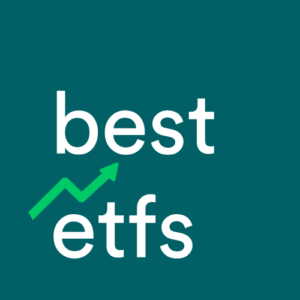The iShares Edge MSCI World Multifactor ETF (ASX: WDMF) and Betashares Australian Sustainability Leaders ETF (ASX: FAIR) are Exchange-Traded Funds (ETFs) operating in the International shares and Australian shares sectors, respectively.
How would an investor add WDMF to a portfolio?
The iShares WDMF ETF invests in a diversified portfolio of global equities using a specific rules-based multifactor strategy. According to iShares, the four key factors used to select companies for this ETF are quality (financially healthy firms), value (inexpensive stocks), size (smaller companies) and momentum (trending stocks).
According to our most recent data, the WDMF ETF had $177.81 million of money invested. With WDMF’s total funds under management (FUM) figure over $100 million, the ETF meets our team’s minimum investment criteria for FUM levels. As a general rule, our team draws the line at $100 million for ETFs in the International shares sector because we believe that, relative to smaller ETFs, achieving this amount of FUM lowers the chance that the ETF issuer will close the ETF.
Fees to consider
According to our numbers, the annual management fee on the WDMF ETF is 0.35%. The issuer, iShares, collects this fee automatically.
Meaning, if you invested $2,000 in the WDMF ETF for a full year you could expect to pay management fees of around $7.00. This fee is different from the fee you pay to your brokerage provider (e.g. CommSec, NabTrade, SelfWealth, etc.), which is the fee to buy or sell the ETF. In addition to a management fee charged by the issuer, be mindful to check the ‘spread‘ for the ETF.
A fee comparison
Fees aren’t the only key consideration for ETF investors, but it’s an easy thing to do. To understand if the ETF you’re looking at is too costly, compare it with other ETFs from the same sector, and against the industry average. For example, the average management fee (MER) across all of the ETFs covered by the Best ETFs Australia team was 0.5%, which is $10.00 per $2,000 invested. Keep in mind that small changes in the fees paid can make a big difference after 10 or 20 years. You should read the WDMF Product Disclosure Statement (PDS), available on the ETF issuer’s website, because it will detail the fees, tax implications and the latest information.
The WDMF ETF could be one to add to your watchlist. If you want to access our full ETF review, click here to get our full report – it’s totally free.
Getting to know the FAIR ETF
The BetaShares FAIR ETF provides exposure to the largest Australian shares and focuses on companies which operate ethically. FAIR has been certified by the Responsible Investment Association Australasia (RIAA), as part of the Responsible Investment Certification Program.
With our numbers for December 2020, FAIR’s FUM stood at $815.22 million. Since the FAIR’s FUM is over $100 million, our investing team would say the ETF has met our minimum criteria for the total amount invested, otherwise known as FUM. A very sustainable ETF in the Ethical sector should be able to scale well and become profitable for the ETF issuer.
Are the fees for the FAIR ETF bad?
Betashares, the ETF issuer, charges a yearly management fee of 0.49% for the FAIR ETF. Meaning, if you invested $2,000 for a full 12-month period you could expect to pay a base management fee of around $9.80.
The management fee is above the average for all ETFs on our list of ASX ETFs, but keep in mind the ETF may be able to justify the higher price tag with superior performance over time.
Picking over ETFs seems too easy to be true: ‘just pick one and put it in your bottom-drawer’. However, it’s important to get it right the first time so that you won’t end up having to chop-and-change positions (and potentially pay extra tax). To make your life a little easier, if you’re looking at the FAIR ETF, make sure you click here to access our analyst’s investment report. It’s free.
[ls_content_block id=”4954″ para=”paragraphs”]



